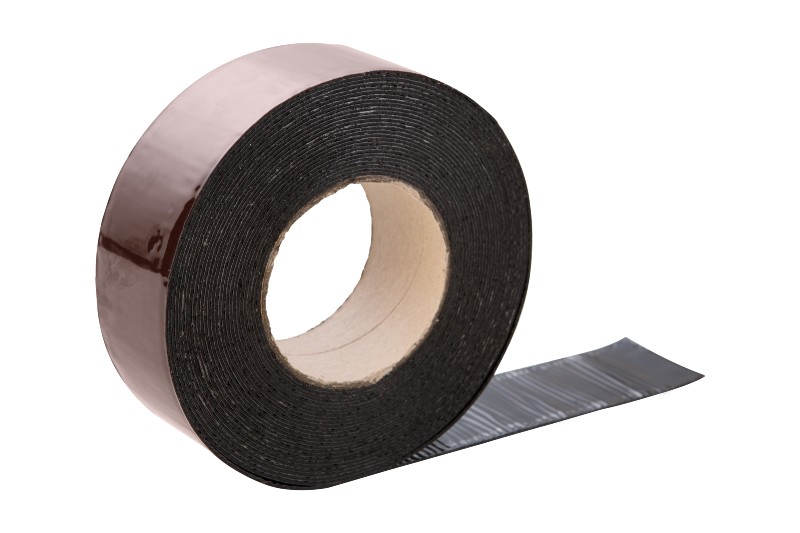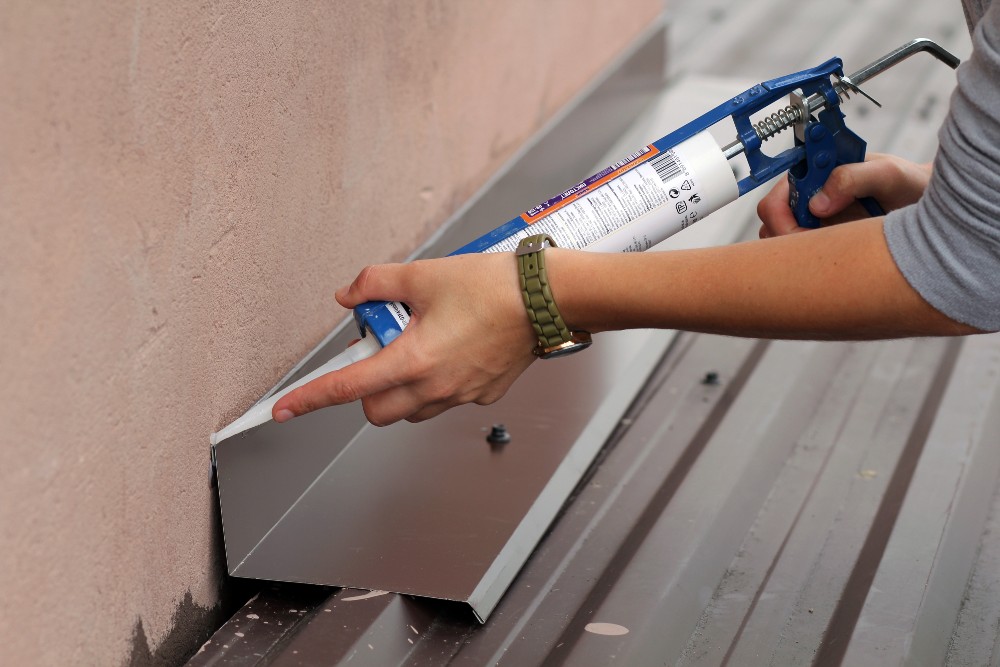With so many available roofing sealants, it can be hard for homeowners to select the best one for their specific needs. If you have a metal roof, it’s important to choose the right type of sealer, or you could end up with leaks. The following considerations can help you choose the proper roofing sealant for your unique needs.
What They Do
Roof sealants are designed to serve two important purposes: to repair and protect your roof. Depending on the individual product, roofing sealants can create a seal against UV rays and moisture, while also repairing minor leaks before they lead to serious, expensive damage.
While some sealants work decently on a variety of roof types; most products are specifically formulated to work with particular roofing materials.
Roofing materials such as rubber, composite shingles, asphalt shingles and metal all have different traits that demand special considerations. Additionally, the pitch of your roof can also influence the type of sealant you should choose. Finally, some sealants are designed for minor repairs while others can be used for more extensive problems.
Types of Sealants
Roofing sealants can be separated into two basic categories: water-based and solvent-based. While the latter category is highly resilient to harsh weather elements; these sealants are generally thicker, more expensive, and more difficult to apply. Water-based sealants, on the other hand, are less expensive and produce fewer odors. That said, they aren’t as resilient to harsh weather. They may also degrade faster than solvent-based sealants, meaning you will need to provide frequent maintenance.
A solvent-based sealant will also require the use of a professional-grade respirator to keep from inhaling toxic solvent fumes. On the other hand, no mask is required for most water-based roofing sealants. It can also be difficult to dispose of solvent-based sealants since many communities require that they be taken to dedicated facilities for harmful chemicals. Water-based sealants, on the other hand, can be discarded in your regular trash once the container is empty and dry.
Within these two basic categories, there are five kinds of roof sealants: acrylic, rubber, silicone, polyurethane and sealant tape.
Acrylic: The most common type of roofing sealer, acrylic products are specially formulated to deflect UV rays. This makes them popular in southwestern states where sun damage to roofs is more common. Acrylic sealants are moderately resistant to moisture but won’t provide a waterproof barrier. This makes them a poor candidate for flat roofs.
Polyurethane: These sealants are resistant to moisture but not particularly resilient to sun damage. This makes them preferable in areas with less sun and more rain and snow.
Silicone: Silicone roofing sealants offer very good protection against both UV rays and moisture, making them appropriate for any weather conditions. Unfortunately, they are often expensive, which can make coating an entire roof financially unrealistic for many homeowners.
Rubber: These sealants consist of a type of liquid rubber that acts as a strong barrier to sunlight and rain. Rubber sealants often come in thin, water-based formulations that are relatively easy to apply. The thin consistency makes it easy to seal small leaks and cracks.

Sealant Tape: Sealant tape consists of thin strips of special moisture-resistant material. Used to repair minor leaks and roofing seams, the tape includes an adhesive backing applied directly to the roof material. This makes it easy to use without a labor-intensive or messy application process. Sealant tapes tend to be more affordable, making them well suited for repairing smaller sections of leaky or damaged roofing. Bear in mind that they are not designed to repair large sections of a roof.
What Works Best for Metal?
For a sealant that’s specially formulated for metal roofs, it’s best to look for a water-based formula that can be applied with a roller, brush or sprayer. While it should go on relatively thin, the sealant should dry into a thick rubber membrane that’s UV- and moisture-resistant. The waterproof barrier needs to be resilient against pooling water, especially if your roof is flat or has a low pitch.
With all this in mind, you should understand that any amateur patching job is going to be fraught with risk. Unless you have experience working with metal roofing, you could easily damage your roof or suffer a dangerous fall. If you fail to properly prepare the roof or improperly apply the roof coating, you could experience slow, unseen leaks that could ultimately result in tens of thousands of dollars in water and mold damage.
For this reason, it’s almost always better to work with a reputable local roofing contractor with years of experience patching and sealing metal roofs.
Need a new roof for your home? A to Z is ready to help. Hoping for cost-friendly repairs for weather-related damage? We can do that too. At A to Z, we’ve developed a widespread, well-earned reputation as one of the state’s premier roofing contractors by providing expert workmanship and attentive, honest customer service. Contact us to learn more and for a free estimate on your next roofing project.

